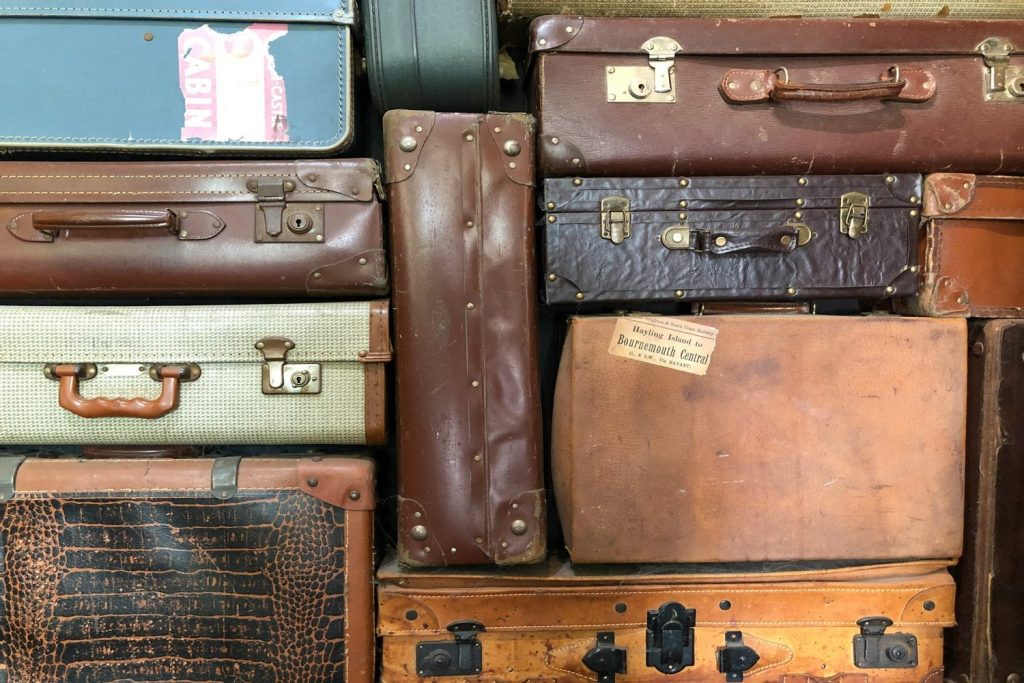
Patagonia Black Hole Wheeled Duffel 100L Review
1. Introduction
For digital nomads who enjoy exploring the great outdoors, having a hardy suitcase that can cope with the rigors of life on the road is essential. It not only needs to be able to fit all your clothing and gear, but it also needs to be able to handle a bit of rough usage.
Patagonia has been making equipment for adventure enthusiasts since 1973. Its range of backpacks and duffels is ideal for the traveler who enjoys their sports, from hiking and climbing to fishing and surfing.
We were looking for something that could fit in a lot of stuff, while still being portable and more flexible than a hardshell suitcase. The Black Hole wheeled duffel seemed to fit our requirements, so we decided to give it a whirl!
Here’s what we thought of the bag.
2. Size, Capacity & First Impressions
The Black Hole range presumably got its name because the bags can compress all your items to a singularity, figuratively speaking.
The wheeled duffel version comes in three sizes: 40l, 70l, and the one we went for, 100l – because if we’re going to pay for checked luggage, we like to max it out!
Despite its name, the bag is available in understated Smolder Blue and slightly flashier Basin Green, but we went classic with plain old Black.
Empty, it weighs 10.5lbs (4.7kg), so quite light. Its max dimensions are 32” x 14” x 16” (81cm x 35cm x 41cm), which is easily going to fit all airline restrictions.
One of the things we liked about the Black Hole even before we received it is that the body fabric, lining, and webbing are made from 100% recycled materials. It’s also manufactured in a Fair Trade-certified factory, which reassured us that workers were getting a decent wage to make it.
When our bag arrived, we were immediately struck by the rugged look. We liked the no-nonsense matte finish, which is weather-resistant.
Some other versions of the Black Hole that we’ve seen friends using have a glossy exterior, which looks unpleasantly shiny. We’d imagine the gloss comes from the type of weather-resistant laminate being used, but the bag we purchased seemed to have an updated external material that looked much nicer.
3. Features & Functionality
A good capacity and an airline-approved size is a good starting point, but it’s the features that really set one checked bag apart from another.
Storage & Interior Design:
There’s one exterior pocked at the top of the bag, which is handy for any items that you might need quick access too. We used it for wet wipes and sunscreen, but you could use it for any small-ish items.
The outside also has lash points that you can use to attach extra gear or a small rucksack.
Inside, there’s one big main compartment, complemented with two zippered mesh pockets for any items you want to keep separate from the rest of your clothing and equipment. Since these are mesh, you can’t get away with stuffing it with anything particularly filthy like muddy socks, but we did use it to segregate our standard dirty laundry.
There are a couple of compression straps for the main compartment, so that you can tie down your clothing. Honestly, they’re not the most usable straps in the world because you need to arrange your items so that they line up underneath. We found ourselves wishing for a suitcase compression pad instead.
One of the more unique features of the Black Hole is its internal frame, which holds the shape of the bag when it’s in use to prevent items being crushed. When you’re not using the duffel, you can collapse part of the frame for easier storage – that’s a real bonus if you’re staying somewhere with limited space.
Wheels & Handling:
The 80mm wheels worked well over uneven terrain. We didn’t find that they spun as smoothly as some suitcases that we’ve tried, but a pair of rollers is never going to be as maneuverable as a quartet of 360-degree spinners.
The telescopic handle is pretty standard. There aren’t any comfort features to soften it at all, but it does the job.
Security:
There aren’t any security features to speak of, and the duffel fabric isn’t going to protect any delicate items from getting banged up. It does have a padded base though to stop your stuff getting damaged as you roll your luggage along the floor.
Tech & Smart Add-ons:
Forget about tech with the Black Hole, it’s not that kind of bag.
Mobility & Ease of Use:
Patagonia seem to have tried to weight the Black Hole so it’s less inclined to topple forward than other wheeled duffels we’ve tried – although it still will, given enough heavy packing!
There’s a plastic handle on the bottom, a fabric handle on the top, and carrying straps on the front for when you need to lift the bag. There are no handles on the side, which isn’t a huge issue, although they would have been nice just for added ease of use.
4. Durability & Travel Performance
In our experience, duffels are always better at resisting damage than hardshell luggage, as you don’t need to worry about scuffing and dents.
The Black Hole is made from polyester ripstop, which feels especially durable. We’re confident that we could use the bag for years without tears.
It’s coated with a water-resistant TPU film laminate that seems to work well. We (accidentally) chucked a cup of coffee over it, so we can confirm that it protects against liquid to a certain extent. We hand washed the bag when we got to our Airbnb and were able to get the stain out, no problem.
We took the duffel on an offroad trip, and the wheels did get banged about. However, other than superficial damage, they continued to work well. Interestingly, the Black Hole comes with spare wheel axels, so that you can do a simple repair job on the go if they break.
5. Pros and Cons
Pros
- Good capacity
- Made from recyclable materials
- Water-resistant fabric
Cons
- No locking mechanism
- Limited number of compartments
6. Patagonia Black Hole vs. Osprey Sojourn Shuttle vs. Eagle Creek ORV Wheeled Trunk
We’ve tested out a few different adventure bags, but what stands out most for us with the Patagonia Black Hole Wheeled Duffel is its internal frame and durable fabric.
While it’s got an excellent dimensions-to-capacity ratio, it is no more impressive in this department than similar bags like the Osprey Sojourn Shuttle and the Eagle Creek ORV Wheeled Trunk, which can also fit about 100l. All three options boast weather-resistant material on the outside, too.
Where the Patagonia Black Hole arguably falls down a little is with its organizational design. Aside from a small compartment at the top of the bag, it just offers one big open space with a couple of mesh pockets.
That may suit some people better, but personally we prefer a few more separate areas for storing different types of items. The Eagle Creek ORV, for example, has an expandable wet-dry pocket that is very useful for separating out muddy shoes or dirty laundry. Similarly, the Osprey Sojourn Shuttle comes with a self-contained boot bin at the bottom of the bag.
In terms of price, the Patagonia costs $419, compared to $395 for the Osprey and $439 for the Eagle Creek. That’s not an enormous difference in price, and the increase between the Patagonia and the Eagle Creek feels right to us based on the design and amount of fabric used to create separate compartments.
7. Who It’s For (And Who It’s Not)
Perfect for: hiking enthusiasts, adventurous nomads
Not ideal for: travelers with delicate items
The Black Hole has a large capacity that can easily fit 2-3 weeks’ worth of clothing, though it obviously depends on what kind of gear you’re lugging along as well. Personally, we find that packing cubes are essential for maximizing space usage in duffels, more so than in hardshell suitcases.
8. Final Verdict & Rating
While Patagonia’s bags are by no means a cheap investment, the price tag is worth it for nomads who are after a robust, durable piece of large luggage. We wouldn’t necessarily recommend it for expats who are planning to go to one city and stay there, but for people who hop from place to place, it’s a very good option.
Rating: 4.5/5.
9. FAQ Section
What’s the warranty policy?
Patagonia doesn’t have a warranty policy exactly. Instead, the company has what it calls its Ironclad Guarantee, Basically, Patagonia will help to repair the luggage where possible, usually free of charge. In some instances, it will replace faulty or damage items. The brand will also refund any unused items that are received within a year of purchase.
Is the luggage waterproof?
The Black Hole Wheeled Duffel is described as weather-resistant, rather than waterproof. We’ve found the exterior will prevent the items inside from getting wet in the rain, but presumably Patagonia don’t want to guarantee it will hold up in a storm.

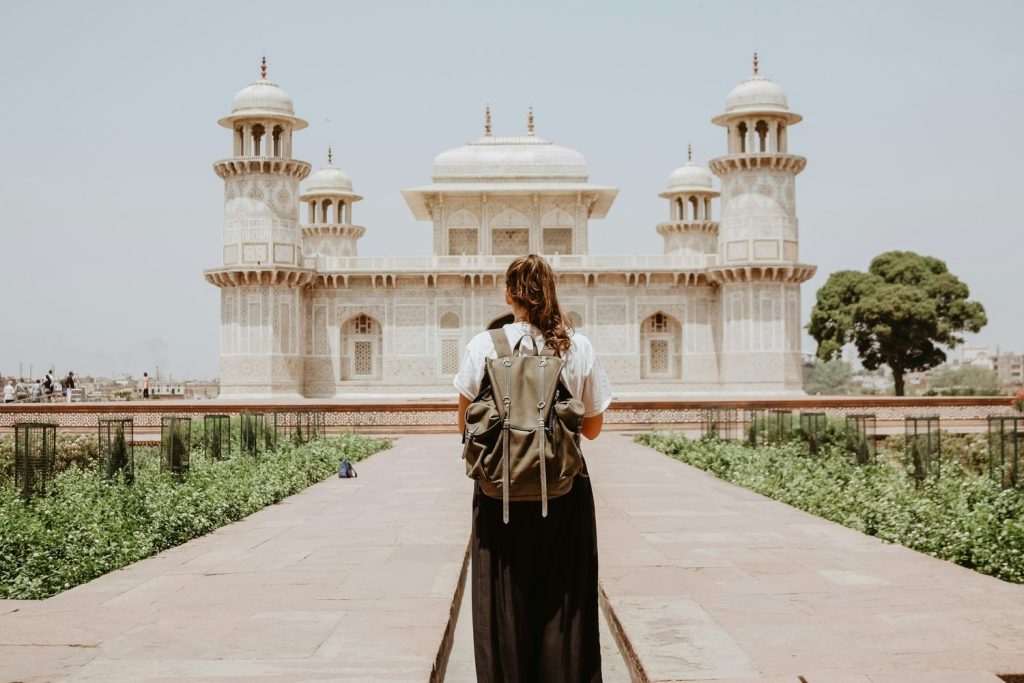
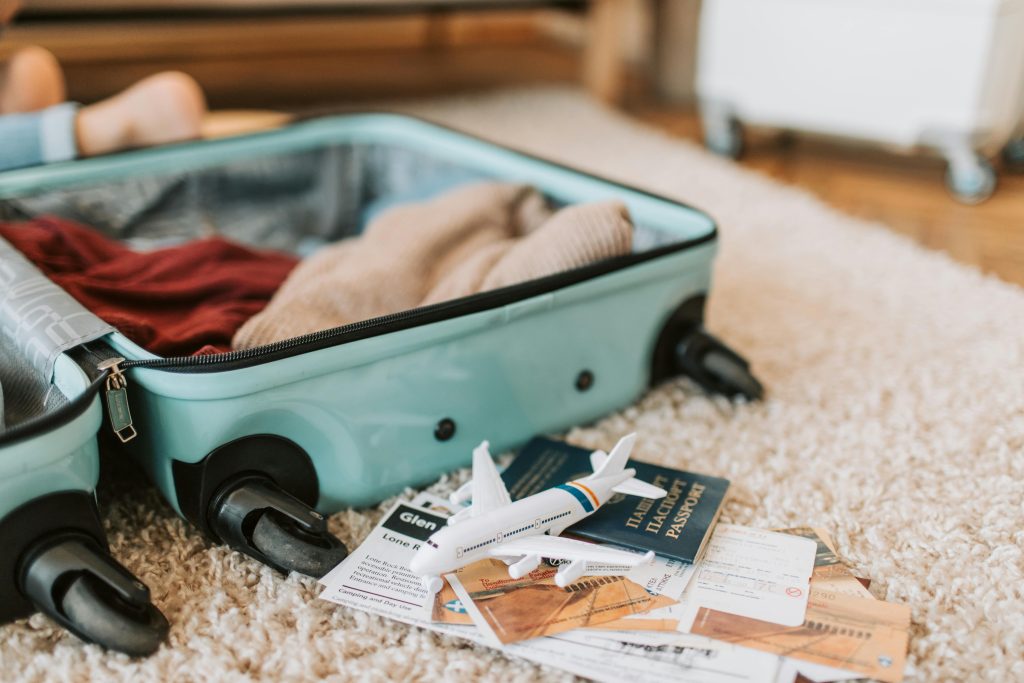
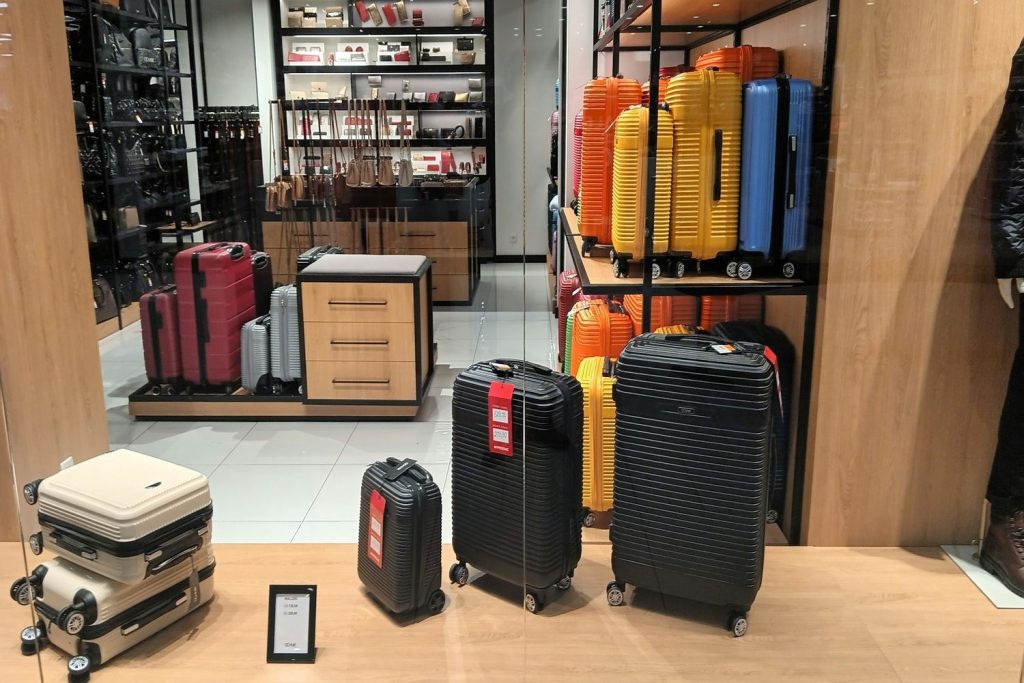
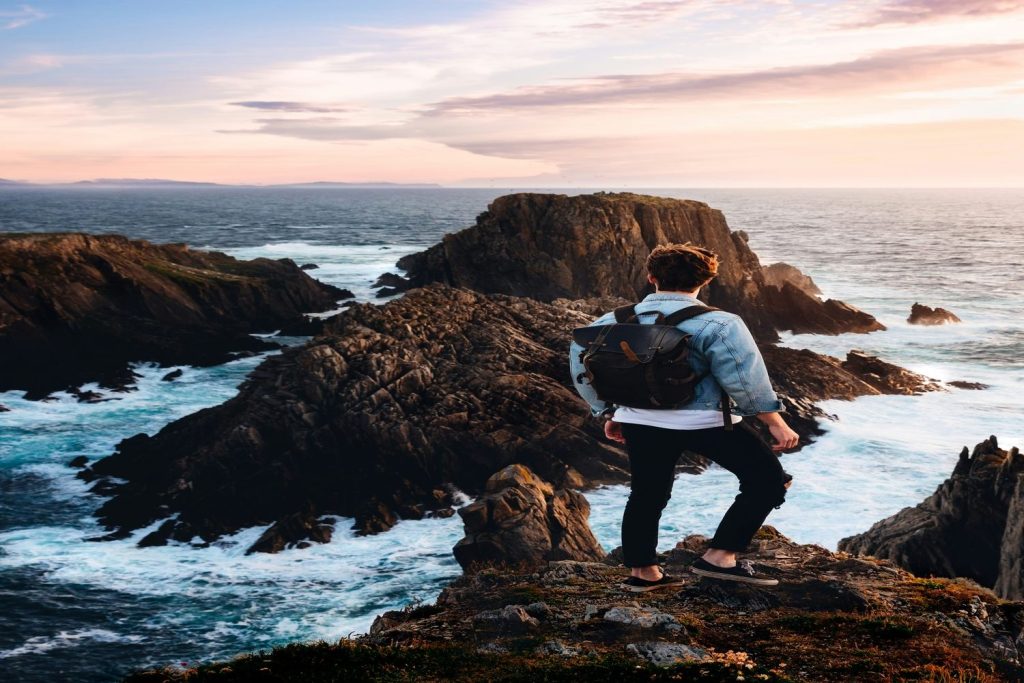
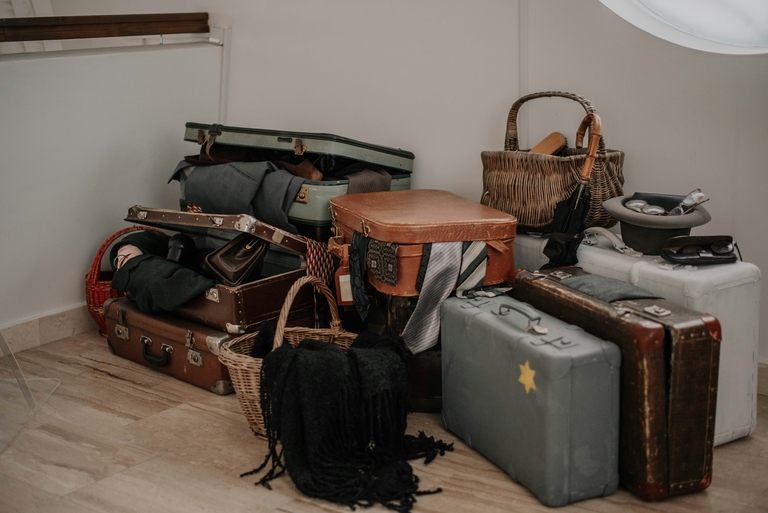

Responses